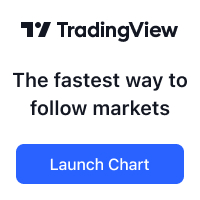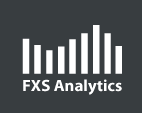This is the last trading week for the year 2007. It is unlikely for me to trade since I am rushing to finish some work and preparing to head to Sydney this coming weekend for my Christmas break. Well, if you do not achieve your trading target or your trading ‘dreams’ for 2007, it is […]
Learn Trading
45 ways to avoid losing money trading Forex
I found this article from a forum. It is interesting. Though I do not agree with everything he says, there are some good points. According to the forum poster, this list was composed by Jimmy Young, who is a retired professional Bank Forex trader with over 20 years of hands-on forex trading experience. Pretty long […]
Why do I do monthly review, and only monthly?
I don’t have to write another post to tell you why do you need to keep a trading journal. I assume you should know if you are taking trading seriously. But, I guess, most of the traders might have the same problem which I used to have, ‘over review’ your trading result. No doubt, we […]
Structure your Entry, a suggestion
Years ago, when I was reading Alexander Elder’s Trading for a Living: Psychology, Trading Tactics, Money Management, the triple screen idea caught my attention. I thought it was a great idea for my swing trading. The basic idea is to have a broader view of your trading time frame, looking at the bigger picture before […]
Goals for Consistency
Consistency, consistency, this is one of the most important quality I wanna achieve. Here I have a set of goals pertaining to consistency. I got the material from an article sometimes ago. I have no idea who is the author. Anyway, here is the abstract and I have added my own ideas.I want to consistently… […]
Indicator or Indicatorless-Should you use indicator?
Should you use indicator? Indicator or indicatorless? Let’s discuss


